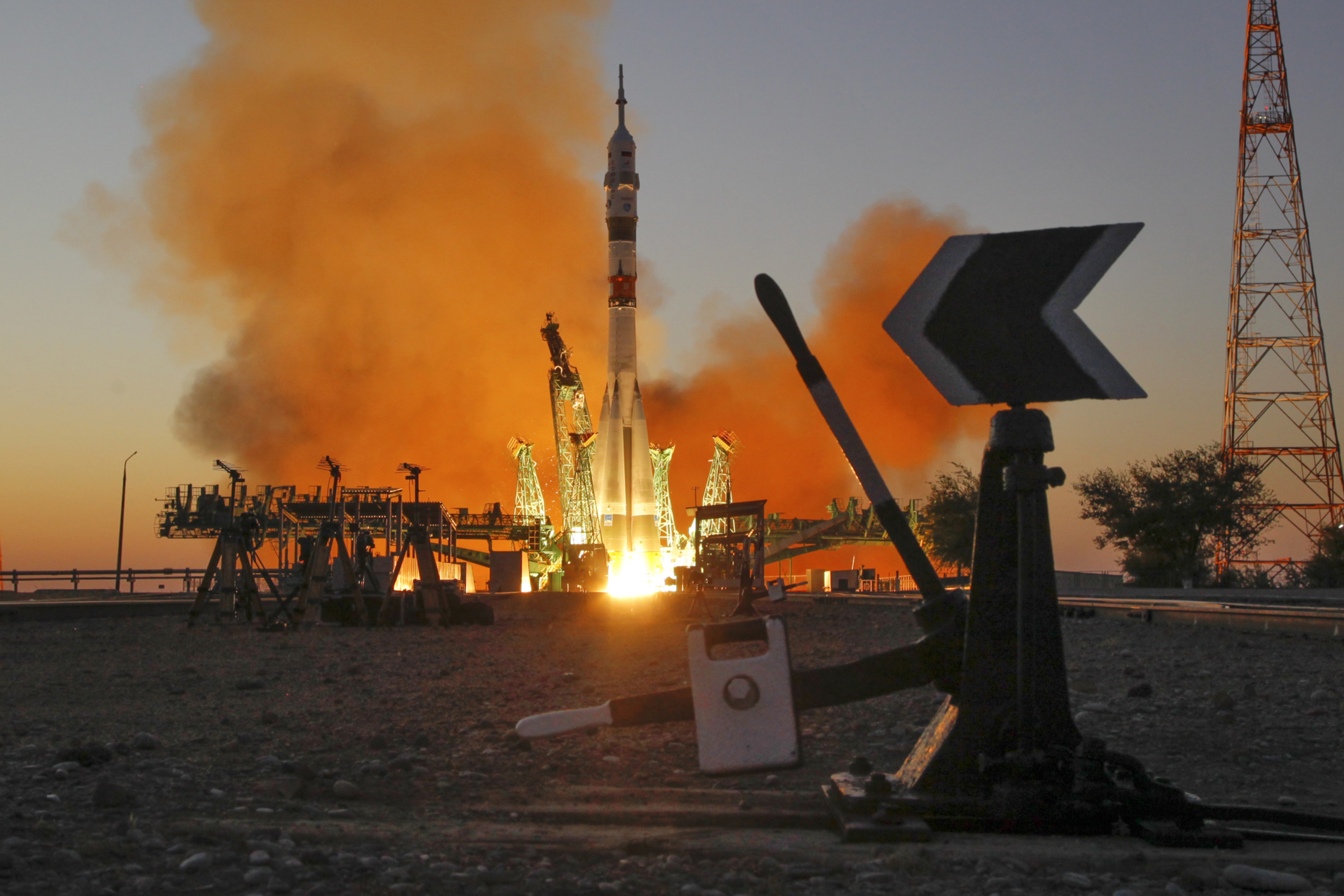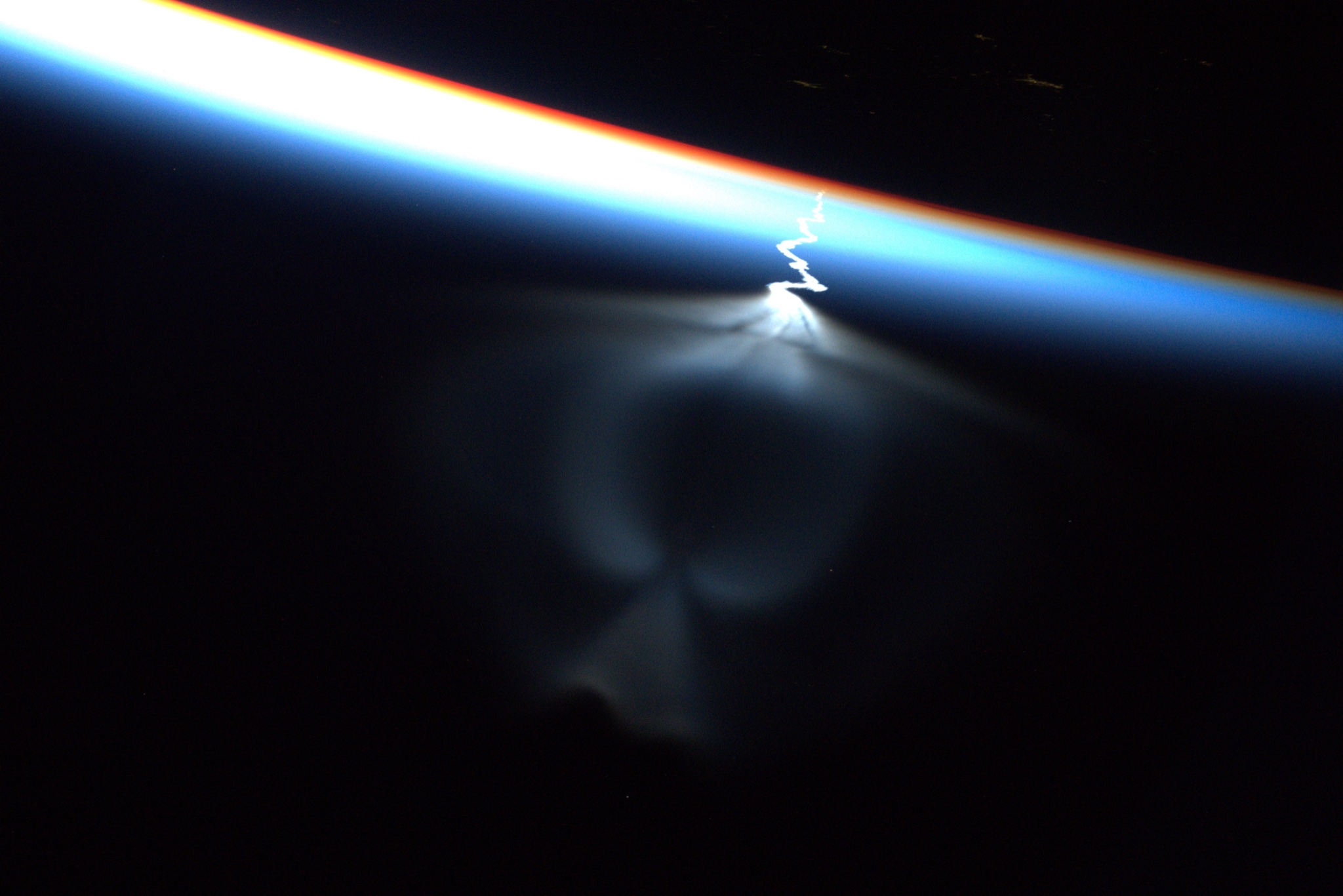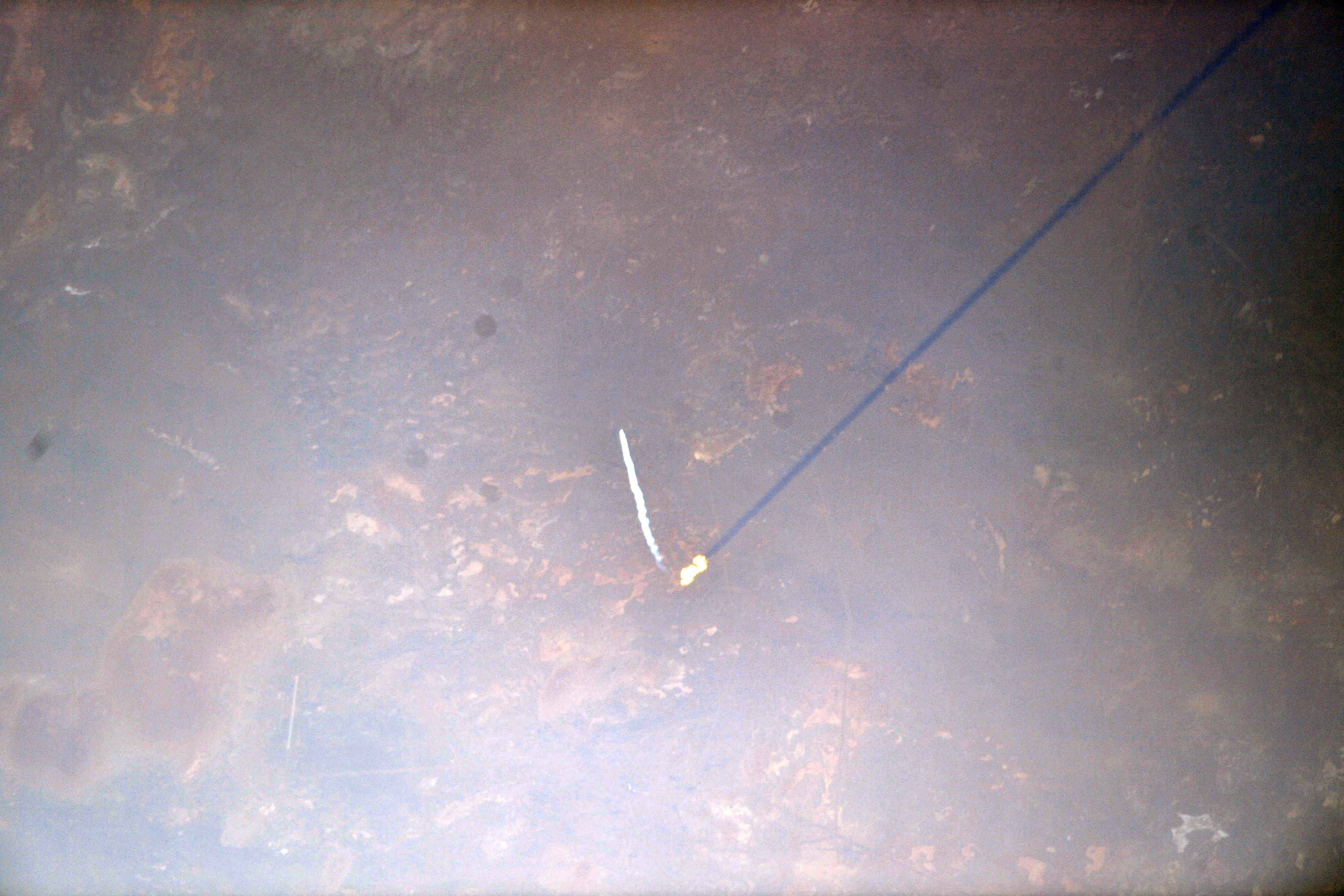Horror for astronauts! Micrometeorite caused coolant leak on Soyuz spacecraft, says official
According to a Russian space official, the coolant leak on the Soyuz spacecraft, attached to the International Space Station might have been caused by a micrometeorite.




_1663937394977.jpg)

 View all Images
View all ImagesOn Wednesday, December 14, NASA reported a “fairly significant” coolant leak on the Soyuz spacecraft which is attached to the International Space Station (ISS). The leak also caused immediate abandonment of the spacewalk scheduled for two Russian astronauts. The sudden coolant leakage was a highly unusual occurrence that perplexed many astronomers. But now, a Russian space official has said that micrometeorites could have been behind the coolant leak. That would mean that a small meteorite had struck the spacecraft to cause the leakage. While rare, this would not be an unheard of event. Earlier this year, NASA reported that the James Webb Space Telescope was also struck by a micrometeorite while it was opening its mirrors.
The possible explanation for the coolant leak came from Sergei Krikalev, the director of crewed space flight programs at Roscosmos and a veteran astronaut. According to a report by CGTN, he claimed that a meteorite strike to the radiator of the Soyuz MS-22 capsule could have resulted in coolant leak.
Micrometeorite behind Soyuz coolant leak
Soon after the incident became known, both Roscosmos and NASA issued a statement that the leakage did not pose a threat to the ISS or the crew aboard it. The only significant consequence to come out of it was the postponement of the spacewalk for the Russian cosmonauts.
Krikalev further explained that the escaping of coolant could impact the performance of the capsule's coolant system and the temperature in the equipment section of the capsule but it will not put the crew in any danger. “There have been no other changes in parameters on the Soyuz spacecraft and the station, so there is no threat for the crew”, he added.
NASA also gave out a statement mirroring the Russian space agency and said, “Roscosmos is closely monitoring Soyuz spacecraft temperatures, which remain within acceptable limits. NASA and Roscosmos continue to coordinate external imagery and inspection plans to aid in evaluating the external leak location. Plans for an additional inspection of the Soyuz exterior using the station's Canadarm2 robotic arm are underway”.
The leakage came to the notice of the crew onboard when Sergey Prokopyev and Dmitri Petelin, the two astronauts who were scheduled to go on a spacewalk were being prepped in their spacesuit.
Catch all the Latest Tech News, Mobile News, Laptop News, Gaming news, Wearables News , How To News, also keep up with us on Whatsapp channel,Twitter, Facebook, Google News, and Instagram. For our latest videos, subscribe to our YouTube channel.





























